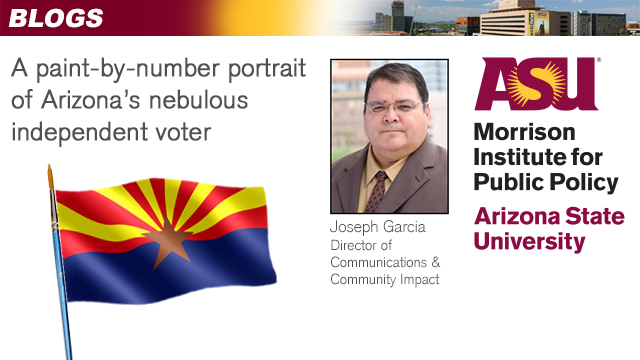A river runs through our pipes

Susan Craig
August 22, 2018
These days there's more and more talk of the possibility of reductions in Arizona's surface water supplies and whether the state will need to find additional water. We may not have to look too far.
Consider the large, relatively inexpensive and nearby source - water lost through leaking pipes and outdated infrastructure. If we can reduce this "system water" loss, we can secure a very large volume of water.
 Let's break it down.
Let's break it down.
In the United States, leaking pipes lose 2.6 trillion gallons of water annually, approximately 17 percent of the total water our country consumes. Arizona water providers do better than the national average. However, approximately 38 billion gallons of system water are "lost and unaccounted for" each year in the state. For perspective, a typical family of four uses around 146,000 gallons per year. Arizona's system water loss could supply over 260,000 households per year, or a million people.

Within our state's five Active Management Areas (AMAs), basins where groundwater is managed (see map), utilities are required to keep lost and unaccounted water below 10 percent for large municipal providers (serving more than 250 acre feet of water) and 15 percent for small providers. These utilities typically do a good job of minimizing losses. Last year, average lost and unaccounted for water within the AMAs was approximately 7 percent. Still, these utilities provide water to over 80 percent of Arizona's population, so that 7 percent adds up to 25 billion gallons of water per year.
Outside the AMAs, however, there are no system loss regulations and annual water loss averages an estimated 21 percent, according to the Arizona Department of Water Resources (ADWR). These losses account for approximately 13 billion gallons of water.
In simple terms, lost and unaccounted for water is non-revenue water. It is calculated by taking the total water supply treated by a water utility, minus the volume of water delivered to customers. These losses are either real physical losses caused by leaking pipes and outdated infrastructure or apparent losses due to slow meters, billing issues and theft. Regardless, there are significant savings and revenue to be had by replacing or rehabilitating leaky water mains.
Realizing the gains from minimizing lost water, agencies are stepping up to help utilities assess and improve water loss performance. The state's Water Infrastructure Finance Authority (WIFA) and ADWR are providing a free hands-on water audit training program, the first step to controlling water loss. This training will enable the utilities to determine causes of losses - leakage, meter error or water theft - and costs of uncaptured revenue. In addition, the Arizona Corporation Commission (ACC) is investigating company-side conservation, reporting requirements and new loss calculation metrics for the 350 private water systems it regulates. Arizona is one of 11 states offering technical assistance for water loss management.
The Arizona Municipal Water Utilities Association (AMWUA) also is working to provide training and technical assistance to help their member cities with ongoing efforts to control water loss. AMWUA cities - 10 large municipalities in Maricopa County - deliver water to more than half the state's population, which means huge volumes of water. Even with their low water loss rates, understanding the causes and costs of system losses makes good business sense and has the potential to recover additional water.
Recovering lost revenue means money can be spent on other efforts such as preventive maintenance, which reduces infrastructure failure, increasing reliability and preserving water for other uses. This all impacts the utility's bottom line and ultimately the customers' bottom line.
Controlling water loss is a win-win for Arizona, utilities and rate payers. There is a very large amount of water that can be recaptured relatively inexpensively, and there are programs out there to help.